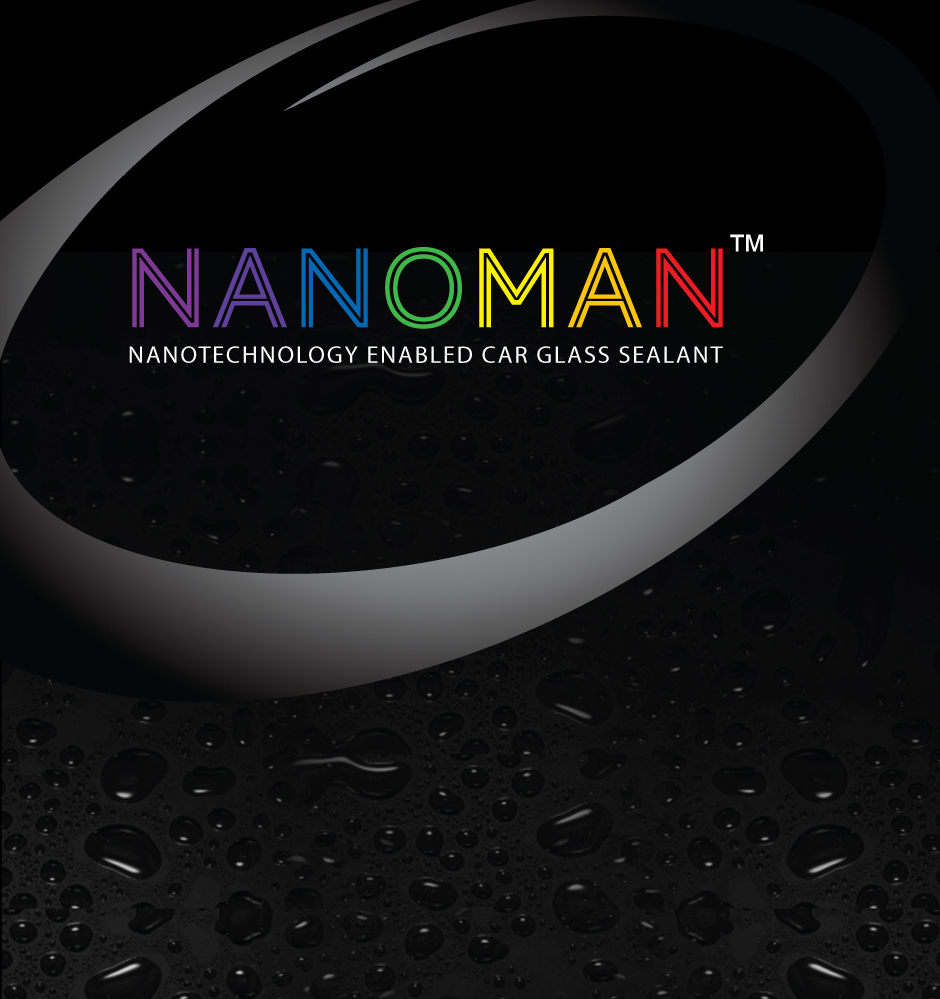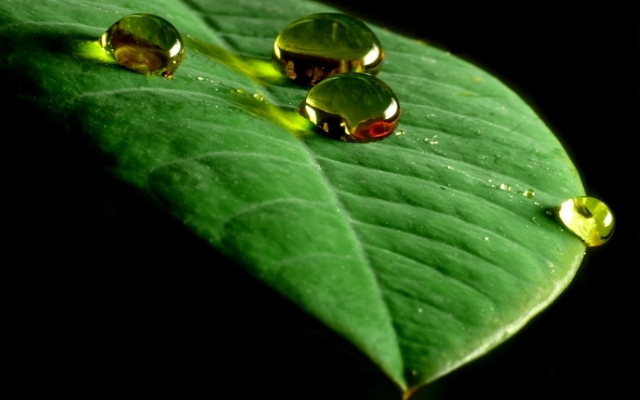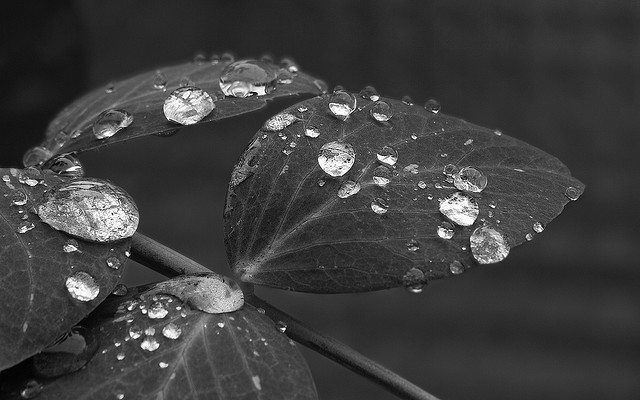EASY-TO-CLEAN
Lotus Effect
This effect refers to the very high water repellency (superhydrophobicity) exhibited by the leaves of the lotus flower. Dirt particles are picked up by water droplets due to a complex micro- and nanoscopic structural design of the surface, which minimizes adhesion, thus rejecting all foreign particles.
Biomimicry of this phenomenon led to invention of nanocoatings based on this lotus effect. There are various applications for these coatings. They protect surfaces from corrosion and abrasion, preventing unwanted particles from adhering to the coated surface. The properties of these coatings make them resistant to extreme temperature. Nanocoatings reduce surface friction, thereby also enhancing the ability of a coated surface to resist scratches.
Characteristics
- Our nanocoating contains self-organizing, ceramic nanostructures with a size of approximately 10-50nm, which once coated, form a seal on the surface.
- The coated surface is displays a very high ability to reject water, oil and dirt, which is known as the Easy-To-Clean effect. The sealed surface is highly resistant to acids and cleaning products.
- The coating is UV-light stable, highly resistant mechanically, but still retains a breathable transparent surface.
- The coated areas are resistant to high pressure (60 bar) and temperatures up to 450°C.
The process given below depicts how the coating organizes itself on a surface upon application.

|

|

|
|
Phase 1
|
Phase 2
|
Phase 3
|
|
Application
|
Restructuring of components
|
Structured Particles
|
|

|
← We have launched a product called Nanoman™, a nanotechnology enabled windscreen coating, which is in use by several automotive dealers across Maharashtra catering to all automobile segments
|
Application Areas: Glass, Ceramics, Stone, Concrete, Metal, and Plastics and Automotives.
|











